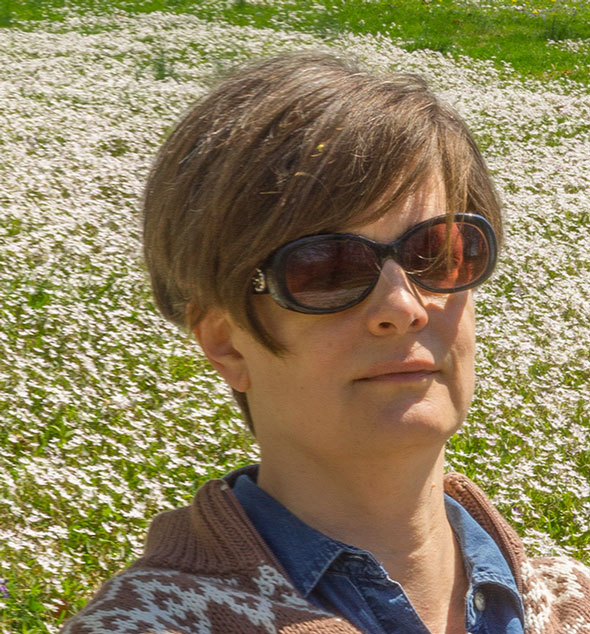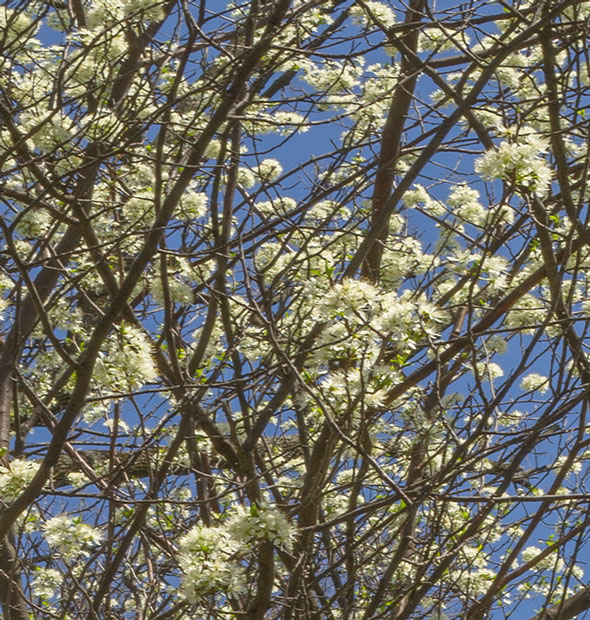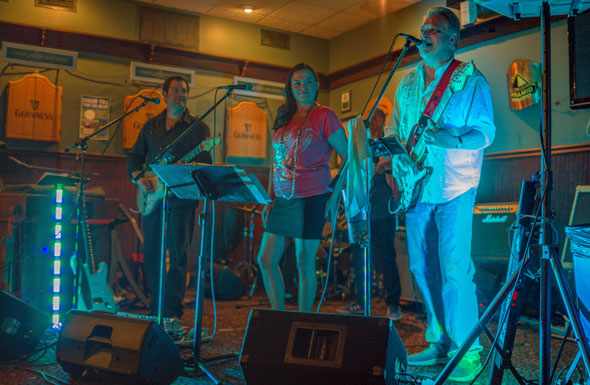By RUSSELL
Outside of sports and animal photography, either
- there is something dynamic happening in your photos. In which case nobody in the world cares whether your image is more than four perfect megapixels (though they do care about overall contrast, clarity, color balance, saturation and low noise). After all, in a dynamic scene, your viewer’s going to be looking at the action. Or,
- there is nothing dynamic happening in your photos. In which case you can often use a tripod. And you can often make stitched panoramas, that completely blow away what you can possibly do with any single exposure of any portable camera.
Any old small-sensor camera and normal lens can make ridiculously wide angle F22 überphotos that look perfect all over — if you bother to download and use a freeware copy of Microsoft ICE or a modern panorama stitcher as part of your post-processing workflow.
An “indexing rotator” panorama head tripod setup lets you take a single-row, 2-frame, 30MP panorama in maybe 1 second. A 2-row 6-framer will set you back about 10 seconds, and boost you up into the 50-100MP range.

Good luck finding an 8mm wide angle lens for your full-frame 35mm camera that will give you this 130° horizontal angle of view with a single click of the shutter. The lens used here a plastic 35mm Sony prime.

Hope the extreme corners of your ultra wide angle lenses look as clean as this in a one meter wide enlargement?

Another use of panoramas is to reduce your tiny/cheap camera’s noise in impossibly dim lighting situations.

Merge a few super noisy closeup frames into a single full angle of view, and then downsize the heck out of the 50MP to 100MP panorama.
High ISOs, such as 800 to 3,200 etc., work great with panoramas because you’ll be downsizing all your camera and lens sins away.
Now you would never settle for mere “medium format quality” i.e. for less than 200MP (perhaps super wide angle) images any more… for scenes where people are not running around.
A $150 to $250 used Sony NEX (check out eBay!) works fine. As do many plastic $50 lenses, such as an old Minolta 50mm F1.7 used with an inexpensive adapter. With panoramas, the possibly soft corners of conveniently small, inexpensive lenses are discarded anyway.
Part of the reason a merged panorama’s quality is so great is that you are approximating, via the time dimension, the dream situation of a huge, 3-dimensional, “spherically curved sensor” as you rotate the camera left and right, up and down, taking individual snaps at each rotated camera position for eventual merging.
The upshot is this:
Shame on you in 2014 if you pretend to care about real high quality images (or do paid photography) of static scenes, and you have not put together and practiced an easy panorama rig and workflow.


